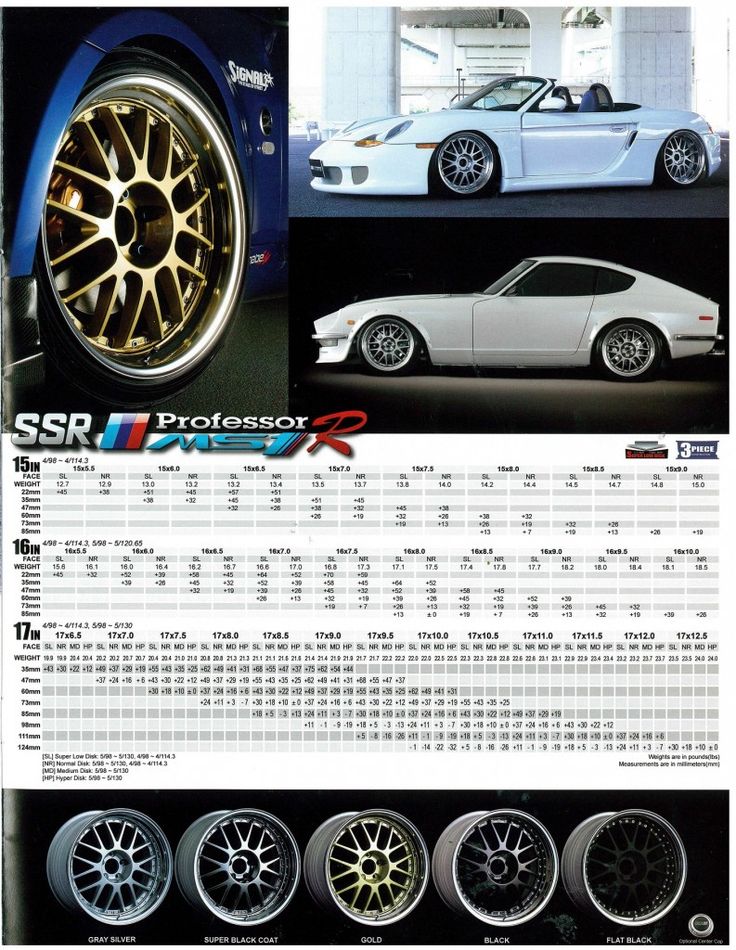Indy cars feature Firestone Firehawk tires. They have great speed and high performance.
You can have innovation. Its designs have advanced technology.
Firestone evolved race tire technology. Racers won races through good tires.
Firestone is the supplier to the NTT IndyCar Series. Through the tires, racing becomes better.
The Indy tires are called “racing slicks”. They are 3/32nds an inch thick.
The front tires weigh 18 pounds. They are 10 inches wide and 26 inches in diameter.
The rear tires weigh 22 pounds. They are 14.5 inches wide and 27 inches in diameter.
The weight requirement for an Indy Car Series is 1,565 pounds. It can include the weight of the driver.
What is a Weight Jacker in Indycar?
Firestone Firehawk tires can be different with every course. The tires differ according to the tracks.
There is only one type for oval tracks. Road and street tracks have three types of tires.
The three types are primary, alternate, and rain. You can use any if you use a road or street track.
The primary black tire has a balance in speed and durability. It is good for three types of tracks.
You can see red sidewalls on each side. It is an alternate tire with a softer compound.
It allows faster speed. Though, it wears more quicker.
It is a gray sidewall Firestone tire.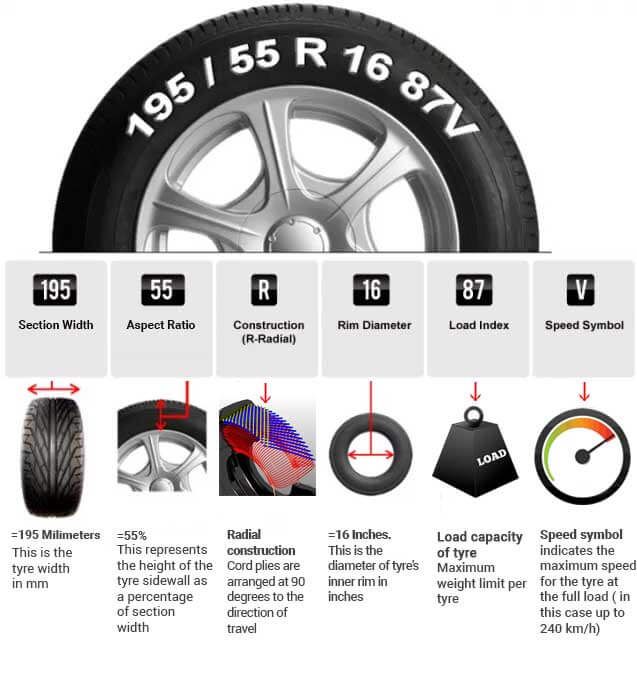 It is made for wet conditions.
It is made for wet conditions.
It improves grip and prevents micro-planning. It cannot be used in oval races.
Front Wheel Drive Weight Distribution Explained – What is the “Ideal”?
Be sure that the weight of your tire can fit your car. Know the specifications of an Indy Car Series.
They are the following:
The engine is a cylinder block V8 engine. It is made of aluminum alloy.
It is fuel-injected and aspirated. It has a displacement of 3.5 liters.
It can be produced by any manufacturer. But Honda is the sole manufacturer of its engine.
The IndyCar Series uses 100% fuel-grade ethanol. There will be no failures if this is your choice.
Dallara chassis is used in the IndyCar Series.
Front wing packages are two. Rear wing packages are three.
Rear wing packages are three.
You can choose wings according to the downforce that you need. It also depends on the track.
Constant feedback is needed from every race season. Firestone tests the tires through computer simulation.
Firestone manufactures many tires for different cities. Every tire is handmade.
The right differs from the left in its front and its back. 68 specifications are made for the 2016 race season.
Firestone always tests tires for every course. The tires should be exact in weight, width, and diameter.
In 1911, the tires were 34 inches in diameter and 4.5 inches in width. But these days, they can cover 10 inches of the track.
Indy tires can be radial or bias-ply. In 1965, their sizes increased gradually.
Racing tires are filled with nitrogen. It can give a big amount of grip.
Indy car tires are temperature-sensitive. The tires have had a great impact on the commercial market ever since they were developed.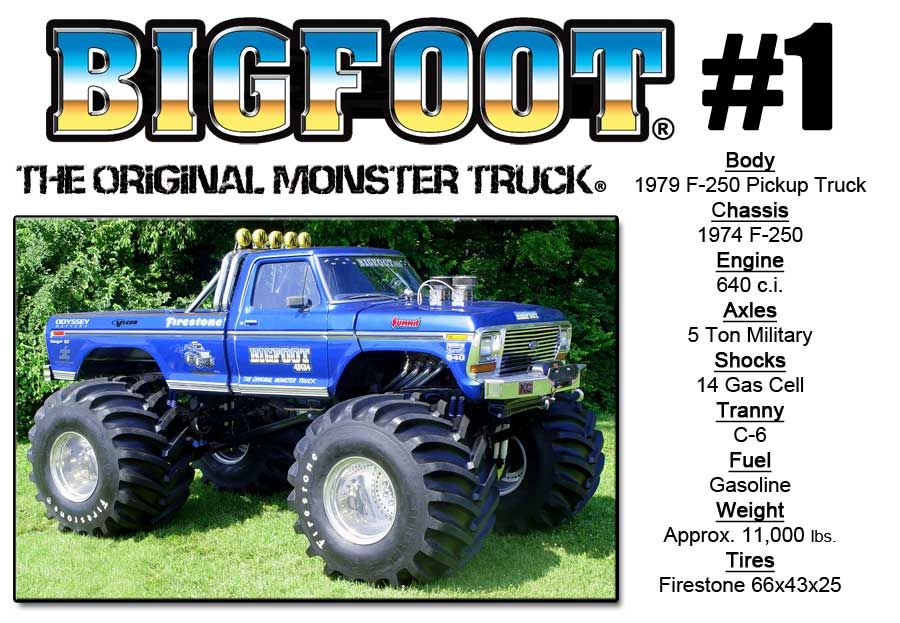
Firehawk tires are designed to meet the needs of the racers. There are many tire specs to choose from.
Firestone engineered individual tires for each racetrack. They make sure that every tire will fit every race track.
Every side and position of the tires have great specs. The tread depth and compounds differ.
The tires became durable with higher pressures as the years went by. It can generate more heat and have more load.
Since pressure changes from every lap, the tires are improved. They should not wear out so easily.
The tires become durable so that they can carry the weight of the vehicle. Even if it is filled with fuel.
As years go by, the Indy car tire becomes more durable. It has supported many races and won many battles.
The rear tires are a little heavier than the front tires. The rear tires weigh 22 pounds while the front tires weigh 18 pounds.
What is the Average Speed of a Car with an Indy 500 Tire?In three to four hours, the Indy 500 tires finish the race.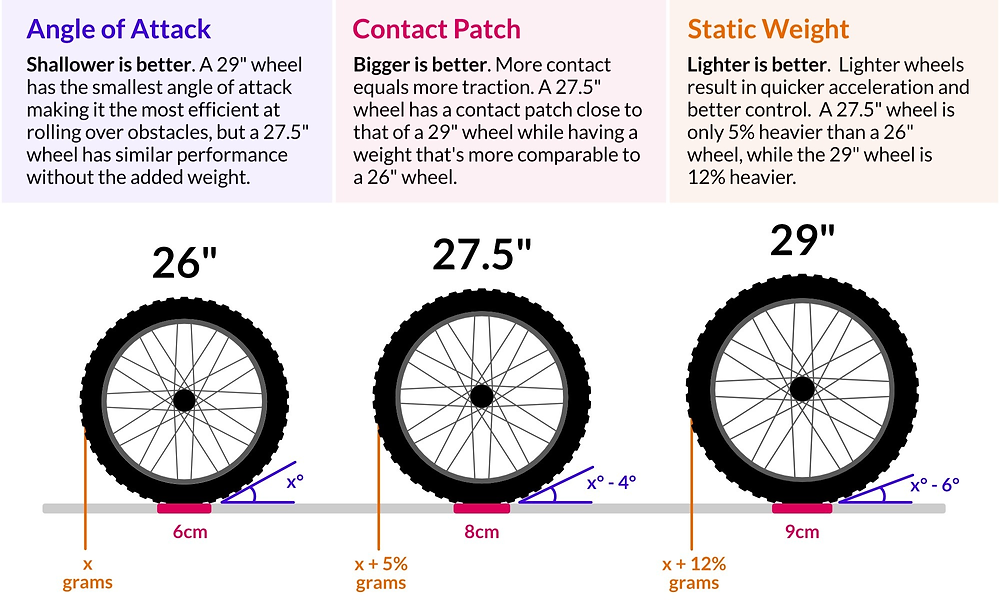 It can travel 75 miles per hour.
It can travel 75 miles per hour.
The Firestone Firehawk AS tire is the best-performing tire of Firestone. It has a treadwear warranty to travel 50,000 miles, even on wet roads and snowy places.
How Many Times Can Indy 500 Tire Go Around the Track?The Indy 500 tire can travel 200 laps. It can finish the circuits within a distance of 500 miles.
Is Indy Car Tire Faster Than F1 Car Tire?F1 car tires can be faster than an Indy car tires. It is because F1 car tires have higher acceleration and the Indy car tires are heavier.
How Much Will You Pay for an Indy Car Engine?Racers should have a primary car and a backup car. Because of this, the costs for engines can reach up to $100,000, which they should pay before the season comes.
Is It Good To Buy a Firestone Firehawk Indy 500 Tire?The Indy 500 tire can give you great stopping power on wet roads. It has a good rubber compound and tread design.
It has a good rubber compound and tread design.
Today, the Indy tires measure 15 inches wide and 27 inches in diameter. It has narrowed a little bit.
How Far Can an Indy 500 Tire Go Before Running Out of Fuel?Race tires can last about 70 miles. This is the average distance before it runs out of fuel so you have to refuel to finish the race.
Which is Better? A NASCAR Tire or an Indy Tire?An Indy tire is better than a NASCAR tire because a NASCAR tire wears out so easily.
The Indianapolis 500 (AP Photo/Tom Strattman, File)
Jeff Blair | @SNJeffBlair March 12, 2016, 12:00 PM
Jeff Blair@SNJeffBlair March 12, 2016, 12:00 PM
There’s a scene in the film Rush where actor Daniel Bruhl, as Formula One driver Niki Lauda, tells his future wife there’s a problem with her car.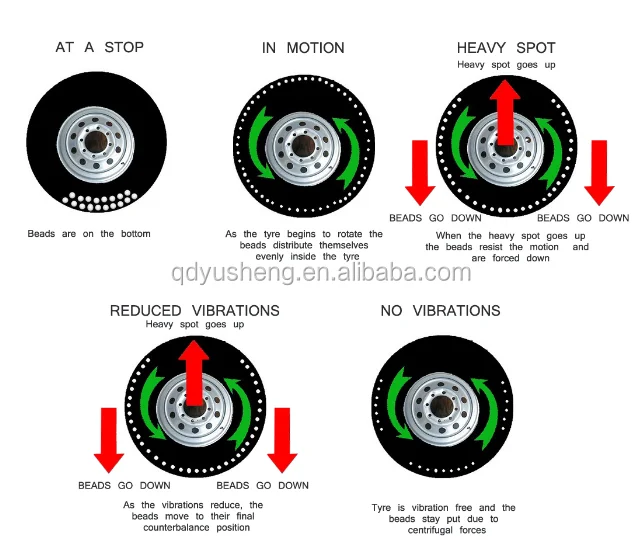 He knows, he says, because he has “an educated ass.” She doesn’t buy it but, sure enough, the car breaks down.
He knows, he says, because he has “an educated ass.” She doesn’t buy it but, sure enough, the car breaks down.
Dale Harrigle, chief engineer and manager of race tire development for Firestone, relies on drivers for constant feedback during the IndyCar season, but most testing takes place via computer simulation. Firestone is the only tire supplier for IndyCar; it manufactures 28,000 Firestone Firehawk tires in its workshop in Akron, Ohio. Each tire is handmade, and the right front differs from the left front, while the right back differs from the left back. Harrigle says there are 68 different specifications for tires for the 2016 race season, and Firestone will always bring a few test tires to each event for the week’s practice. Each Indy team will go through approximately 200 sets of tires: 52 for road courses (primary and alternate compound), 60 sets for street courses, 36 sets at the Indianapolis 500, 43 oval sets and six sets of rain tires.
The softer alternate tires, which allow drivers to take corners more quickly but wear down faster, are identifiable by the red stripe around their rims.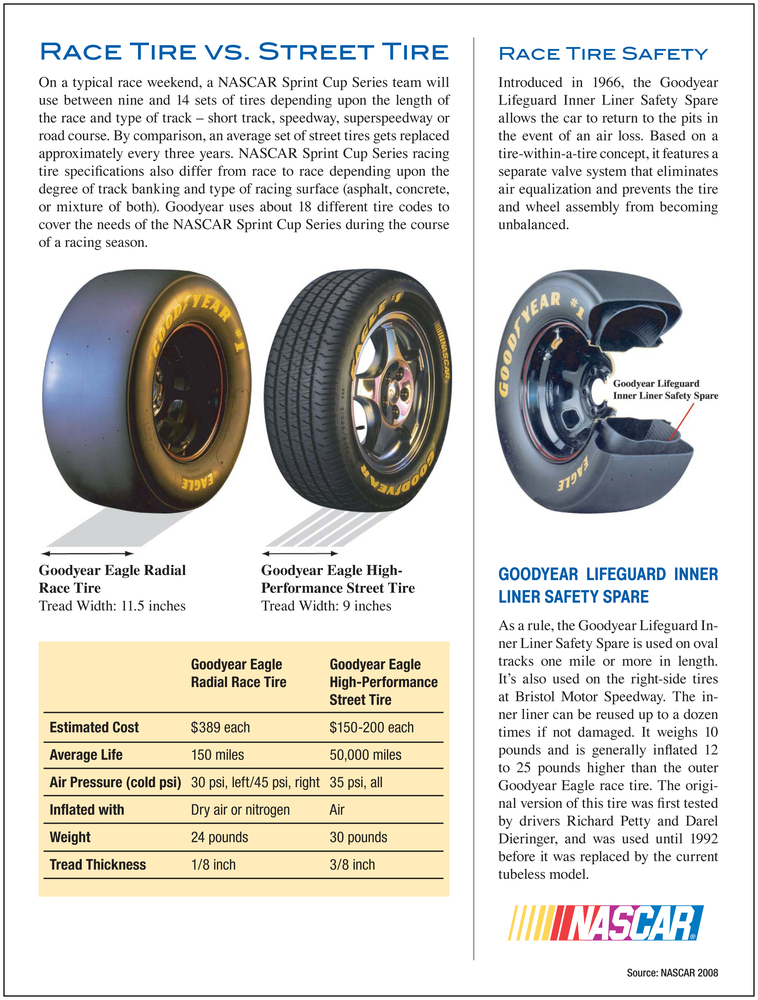 Rain tires have a grooved pattern to prevent hydroplaning. And do you want to know why pit crews are so fast? Indy cars have one nut, specially built by Dallara, the Italian company that builds the basic car used by all teams. These are not your regular hexagon nuts: They have vanes inside them, and the sockets have teeth that are shoved into the vanes. The pneumatic impact wrench to remove it costs $4,500, and each socket runs about $1,500.
Rain tires have a grooved pattern to prevent hydroplaning. And do you want to know why pit crews are so fast? Indy cars have one nut, specially built by Dallara, the Italian company that builds the basic car used by all teams. These are not your regular hexagon nuts: They have vanes inside them, and the sockets have teeth that are shoved into the vanes. The pneumatic impact wrench to remove it costs $4,500, and each socket runs about $1,500.
HELPING THE WORLD GO ’ROUND SINCE 1845
Let’s reinvent the wheel! The earliest tires were strips of leather placed on wooden wheels. The first patented pneumatic tire was designed in Belfast in 1888 by a Scottish-born veterinarian named John Boyd Dunlop, who built it for his 10-year-old son’s tricycle. The patent was eventually made invalid—another Scot, Robert William Thomson, actually lodged a patent 43 years earlier and teamed with Charles Goodyear on the development of vulcanized rubber—although the tricycle tire provided the basis for the Dunlop Tire Company.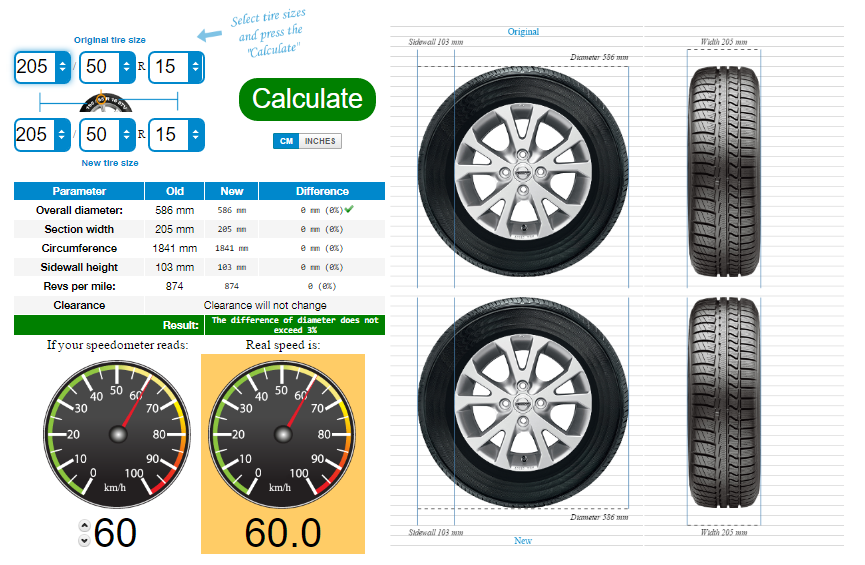
GENTLEMEN, START YOUR ENGINES
The 2,300-lb. Marmon Wasp, winner of the first Indy 500 race in 1911, had tires 34 inches in diameter and 4.5 inches in width, of which only 2.5 inches covered the track. Nowadays, each tire covers 10 inches of track. The Wasp’s tires were constructed from fabric plies that featured two grooves in the tread. Current Indy tires are a hybrid of radial and bias-ply tires. Tire sizes increased gradually until 1965—when Jim Clark won the Indy 500 with 9.2-inch Firestones during the height of that company’s battle with Goodyear—and the size of tires has remained in the 10-inch range since then. (Eddie Cheever’s 1998 title was won with 9.75-inch fronts, when Goodyear attempted to reduce aerodynamic resistance by making tires that were narrower and shorter than Firestone’s.) A simple question worth asking: How do the people who make tires describe their purpose? “They allow drivers enough grip to utilize the performance of the car,” says Harrigle.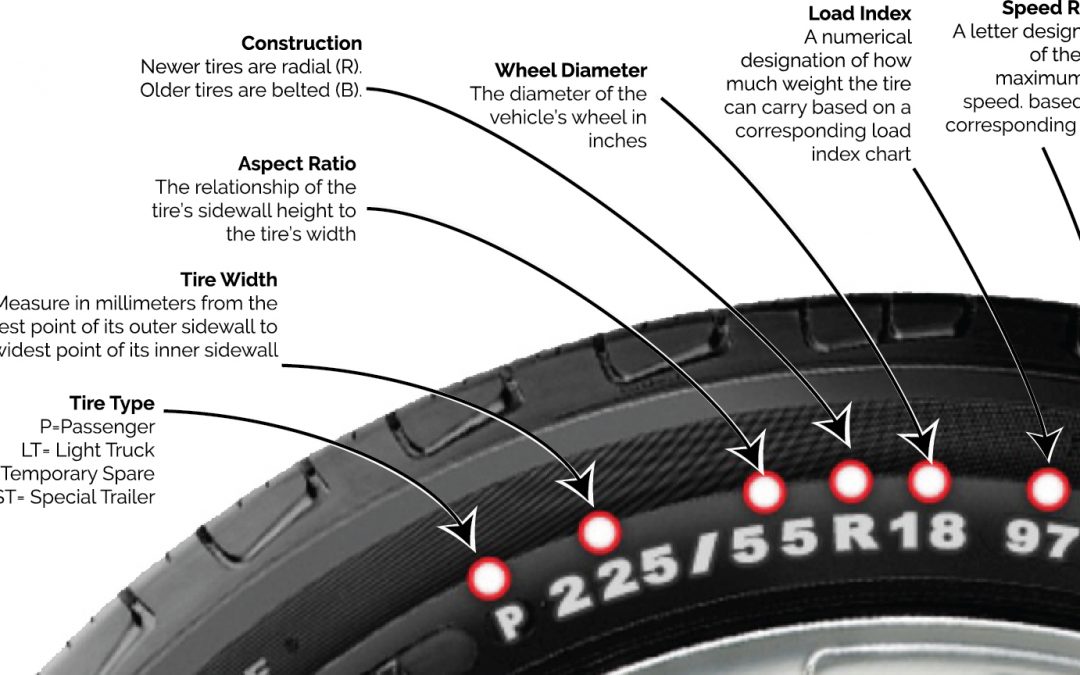 “Indy cars weigh 1,800 lb. with fuel and can go from 0 to 60 mph in just over four seconds. At certain tracks, they hit 230 mph. So we’re talking about security and confidence for the driver.” Consider that the rubber soul of the tire.
“Indy cars weigh 1,800 lb. with fuel and can go from 0 to 60 mph in just over four seconds. At certain tracks, they hit 230 mph. So we’re talking about security and confidence for the driver.” Consider that the rubber soul of the tire.
SO HOW ARE THEY DIFFERENT THAN THE ONES ON MY CAR?
To begin with, racing tires aren’t filled with air. It’s nitrogen. Why? Mr. Taylor, your Grade 10 science teacher, could tell you: Air, which is 78 percent nitrogen, contains moisture. Pure nitrogen, by contrast, won’t vaporize and expand when the tire heats up. And as Allen McDonald, chief engineer for Canadian driver James Hinchcliffe, explains, “You wouldn’t be pleased with the longevity of these tires. There’s a huge amount of grip on them, and they wear down quickly. Plus, they’re way more temperature-sensitive than normal car tires.” Harrigle says most of the technological carry-over from the racing to the commercial market relates to the development of polymers that eventually find their way into
consumer tires.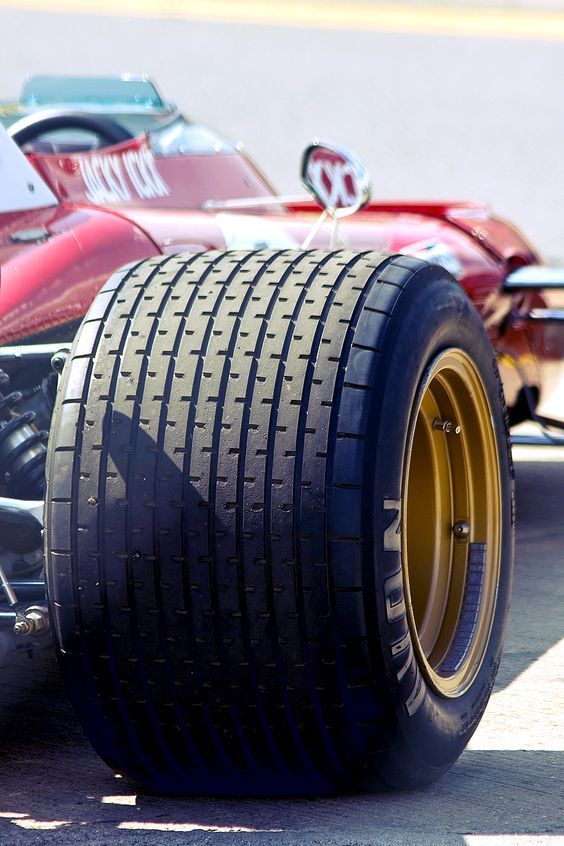 Perhaps racing tires’ most significant impact on the commercial market comes, he says, from understanding how various compounds react at extreme temperatures. Good to know if you’re driving across the desert—educated ass or not.
Perhaps racing tires’ most significant impact on the commercial market comes, he says, from understanding how various compounds react at extreme temperatures. Good to know if you’re driving across the desert—educated ass or not.
This story originally appeared in Sportsnet magazine. Subscribe here.
The table shows the approximate parameters of the weight and volume of special tires. Lists of sizes with volume and weight parameters for construction, road, industrial equipment.
bulldozers,
Excavators,
Autograms,
Excavators-loaders,
dump trucks
Loaders,
other types

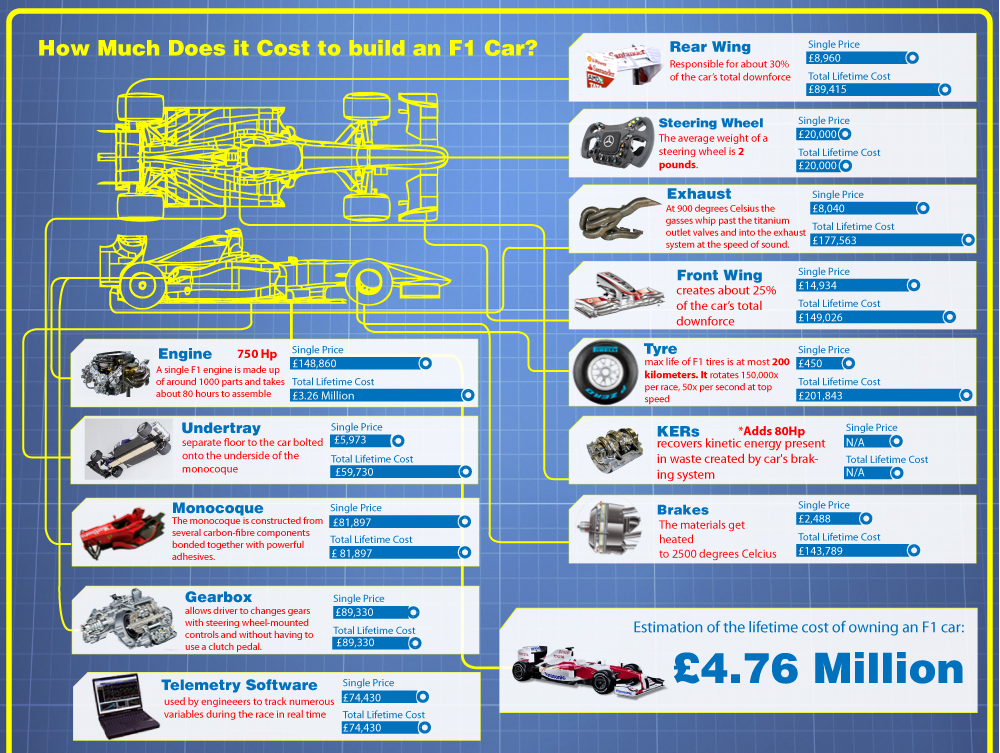 00-24
00-24 | Size | 12 | |||||||||||||||||
| 320/80-18 (12.5/80-18) | 0.27 | 44 | ||||||||||||||||
| 335/80r18 (12.5R18) | 0.37 | 58 | 58 | 58 | 58 | 58 | 58 | 58 | 58 | 58 | 58 | 58 | 58 | 58 | 58 18 (12. | 0.6 | 80 | |
| 405/70R18 | 0.43 | 64 | ||||||||||||||||
| 23.5R25 | 1,8 | 380 | ||||||||||||||||
| 26.5-25 | 2,0 | 400 | ||||||||||||||||
| 385/95R25 | 0,98 | 203 | ||||||||||||||||
| 750/65R25 | 2,0 | 413 | ||||||||||||||||
14.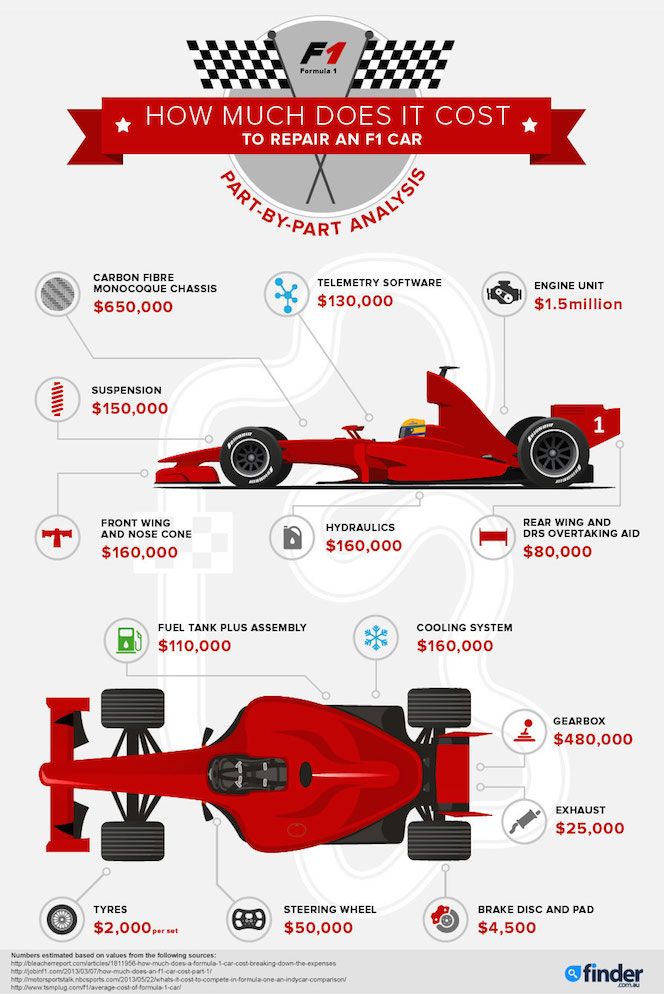 00R24 00R24 | 0,6 | 90 | ||||||||||||||||
| 29.5R25 | 2,63 | 556 | ||||||||||||||||
| 445/95R25 ( 16.00R25 ) | 2.0 | 420 |
| Size | Obem, m3 | kg0.03 | 6 | ||||||||
| 18x7-8 (180/70-8) | 0.04 | 8 | |||||||||
| 21x8-9 (200/75-9) | 0.06 | 11 | |||||||||
| 23X5 (160/90-13) | 0.07 | 7 | |||||||||
| 23x9-10 (225/75-10) | 0.1 | 12 | |||||||||
| 250-15 (250/70-15) | 0.12 | 27 | |||||||||
| 250/75-12 (27x10-12) | 0.11 | 22 | |||||||||
| 300-15 (315/70-15) | 0.18 | 36 | |||||||||
900. 00. -8 00. -8 | 0.02 | 4 | |||||||||
| 5.00-8 | 0.03 | 5.7 | |||||||||
| 6 | 0.09 | 25 | |||||||||
| 8.15-15 | 0.12 | ||||||||||
| 8.25-15 | 0.18 | 32 |
Russia-Ukraine - 2022
5 January 202311:04
Nikolai Grutov
Macron intends to supply AMX-10RC armored vehicles to Kyiv, the people of France have criticized this decision, while in Russia they say that the West continues to push Ukraine to bloodshed.
Readers of the French magazine Le Point criticized the decision of French President Emmanuel Macron to send AMX-10RC heavy armored vehicles to Ukraine. They expressed their opinion in the comments on the publication's website. nine0003
“Unless Macron is lying to Ukrainians the same way he has been lying to us for the past seven years.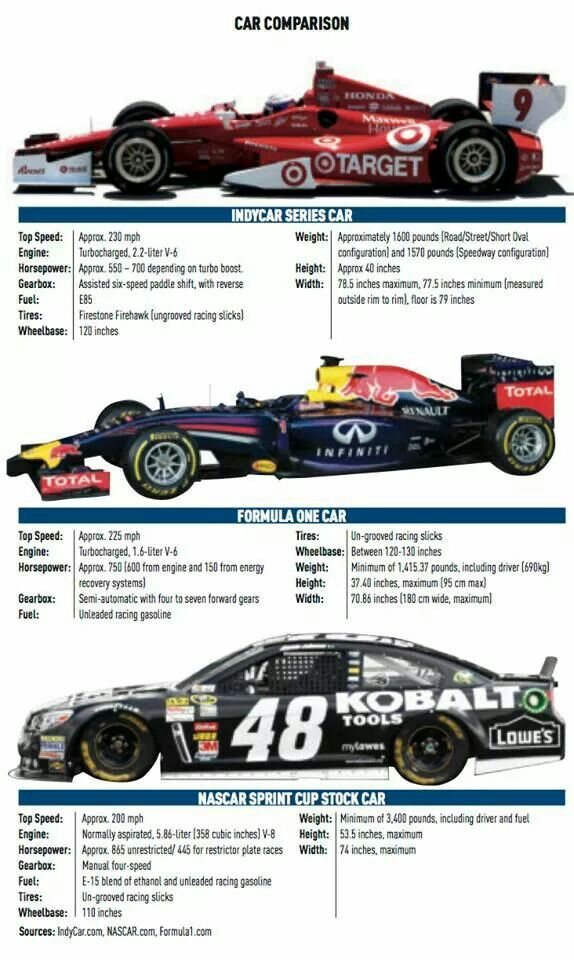 In this case, Ukraine will probably get one or two tires from these tanks,” wrote user Par Djill59.
In this case, Ukraine will probably get one or two tires from these tanks,” wrote user Par Djill59.
In turn, the commentator Par VIALARIN said that while Macron continues to help other countries, "the French suffer." He wondered what the state of France would be like after five years of a “normal president” and ten years of Macron. nine0003
At the same time, according to Par ORDRE PUBLIC, Macron should provide effective assistance to businessmen, enterprises, pensioners, and not spend hundreds of millions and military equipment on Ukraine. The commentator believes that this is a "waste". He also called for an end to "portraying billionaires that we are not."
“All this money donated to Ukraine would be better spent on reducing fuel prices, on any energy sources, on contributions, VAT rates, etc. Be careful, the next few weeks could be very difficult for the government, but unfortunately also for all French people,” said Par ORDRE PUBLIC. nine0003
So, Emmanuel Macron, during a conversation with Ukrainian President Vladimir Zelensky on January 4, promised to supply AMX-10RC armored vehicles to Kyiv.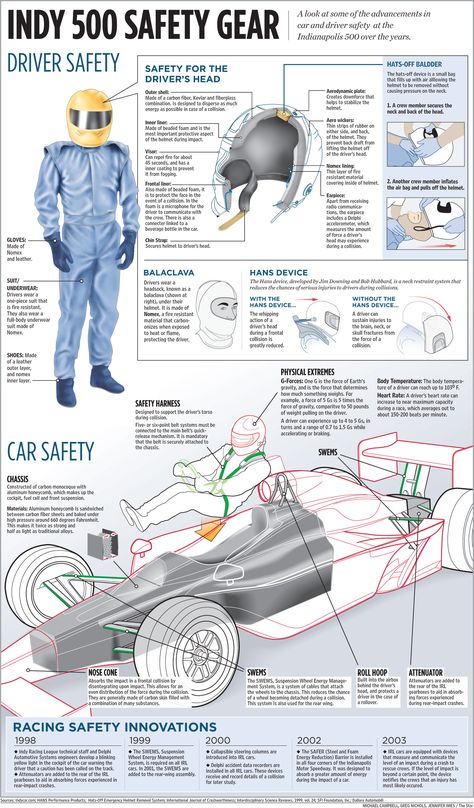 He noted that Western-made armored vehicles would be supplied for the first time in support of the Ukrainian army. On the same day, the head of the office of the President of Ukraine, Andriy Yermak , confirmed that France would supply AMX-10RC to Kyiv, as well as Bastion armored vehicles.
He noted that Western-made armored vehicles would be supplied for the first time in support of the Ukrainian army. On the same day, the head of the office of the President of Ukraine, Andriy Yermak , confirmed that France would supply AMX-10RC to Kyiv, as well as Bastion armored vehicles.
AMX-10 RC wheeled tanks or heavy armored vehicles were developed by the French company Nexter and have been produced since 1976 to 1994. The abbreviation RC stands for Roues-Canon ("gun on wheels"). The combat vehicle weighs 17 tons and is equipped with a 105 mm cannon and two coaxial machine guns of 7.62 mm caliber. A total of 457 armored vehicles of this type were produced.
Thus, France continues to actively supply Ukraine with weapons and provide various assistance. In his New Year's address , French leader Emmanuel Macron stated that France would continue to help Ukraine "until victory". nine0003
“We respect and admire you, your struggle is historic and it inspires us.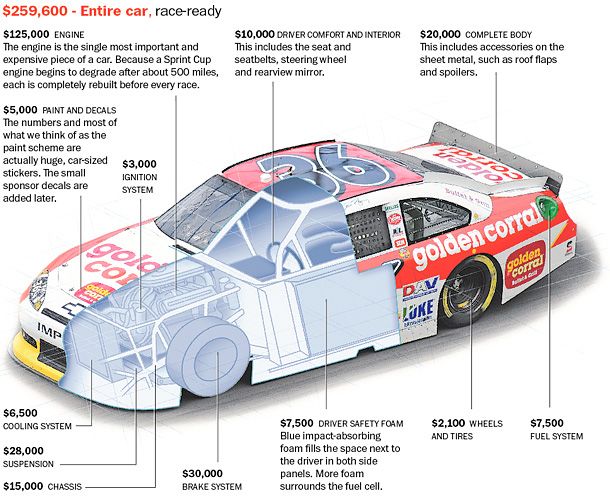 We will help you until victory,” the President said in an address published on the website of the Elysee Palace.
We will help you until victory,” the President said in an address published on the website of the Elysee Palace.
Macron also assured the French of resilience in the face of the crisis and said that 2023 will be the year of the first problems that are expected by the inhabitants of the country. He promised to meet any challenge, continue to reactivate nuclear reactors and face crises. nine0003
Earlier, in November, adviser to the head of the office of the Ukrainian President Mikhail Podolyak in an interview with AFP estimated Ukraine's need for tanks at 150-300 vehicles, the need for armored personnel carriers at 300 armored vehicles. President of Ukraine Volodymyr Zelensky repeatedly thanked Macron for the assistance provided and expressed hope for further arms supplies. On his Telegram channel on January 4, he said that he agreed with Macron to cooperate to strengthen the Ukrainian air defense system (air defense). nine0003
Meanwhile, readers of the Chinese portal "Guancha" on January 5 criticized Macron's statement that until the restoration of peace in Europe and until the "victory of Ukraine" support for Kyiv will not weaken.